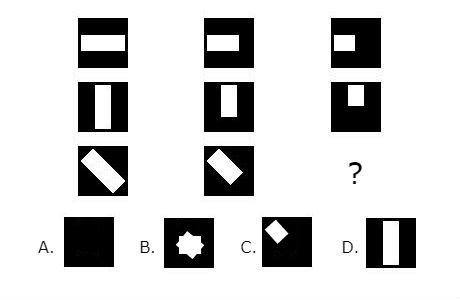One of the main pushbacks against the most famed intelligence tests like the Stanford Binet and Wechsler Intelligence Scale is that they can be culturally biased based on the experiential and language influences included in the questions. Raymond B. Cattell, PhD, developed the Cattell Culture Fair Intelligence Test (CFIT) with the intention of creating a test that was not influenced by these cultural elements, much like the Raven’s Progressive Matrices test. He began his work on the measurement of intelligence in the 1920s and in 1930 he published his first endeavor, the Cattell Group, and Inventory, which was designed for children. Later revisions came in 1940, 1944 and 1961 as the test underwent tweaks in sequencing, difficulty, and format. The Cattell Culture Fair Test is currently in its third edition, which is commonly referred to as CFIT III.
The test can be administered either individually or in a group setting. There are three intelligence scales measured, with Scale I including eight subtests while Scales II and III contain four subtests each. Not every individual will be tested on each scale, as the test is administered based on age and abilities.
- Scale I: For children aged 4 to 8 (and older) and people with mental handicaps
- Scale II: For children aged 8-14 as well as average adults
- Scale III: For children aged 14 and up as well as adults of superior intelligence
CFIT Scoring
The Cattell Culture Fair Test also differs from its counterparts in how it is scored. While most IQ tests use a standard deviation of 15 and have a median of 100, the Cattell uses a standard deviation of 24. So while the main bell curve of typical IQ scores places people within the range of 85-115, the CFIT’s primary range places test takers within a range of 76-124, which would be considered an “average” IQ within the test’s scoring range.
What does the Cattell Culture Fair Test Measure?
Dr. Cattell divided intelligence into two types – crystallized intelligence and fluid intelligence. Crystallized intelligence is intelligence gained from an individual’s experience like general knowledge and verbal memory. Education and schooling are thought to be reflected within crystallized intelligence. Fluid intelligence, on the other hand, is seen as the biological ability to gain knowledge and problem solve. Thus, the test is centered around measuring fluid intelligence through reasoning speed, inductive reasoning and spatial reasoning, which are all done independently of culture and schooling.
Example Cattell Culture Fair Question
All of the questions on the Cattell Culture Fair test are visual in nature, but an example question type can be seen below, where the test taker would select the object from the multiple choice options that would best complete the pattern for the location indicated with a question mark.

Practical Applications of the CFIT-III
The Cattell Cutlure Fair III has a number of ways it is currently used. Most notably:
- Aids in identification of learning disabilities
- Selecting students for accelerated programs
- Identifying probably success in secondary education
- Providing guidance for vocational paths
- Admittance to high IQ societies such as the Triple Nine Society
